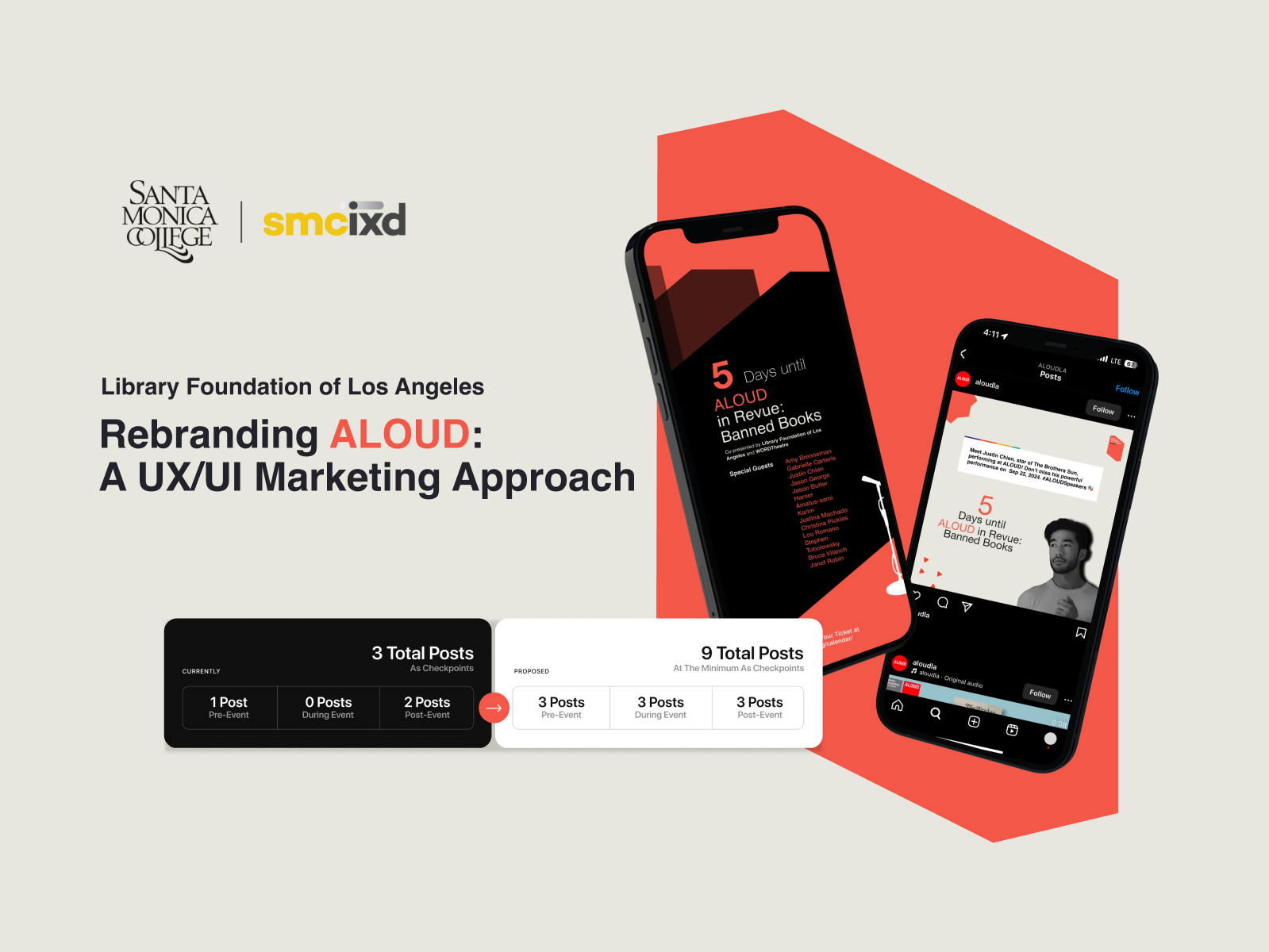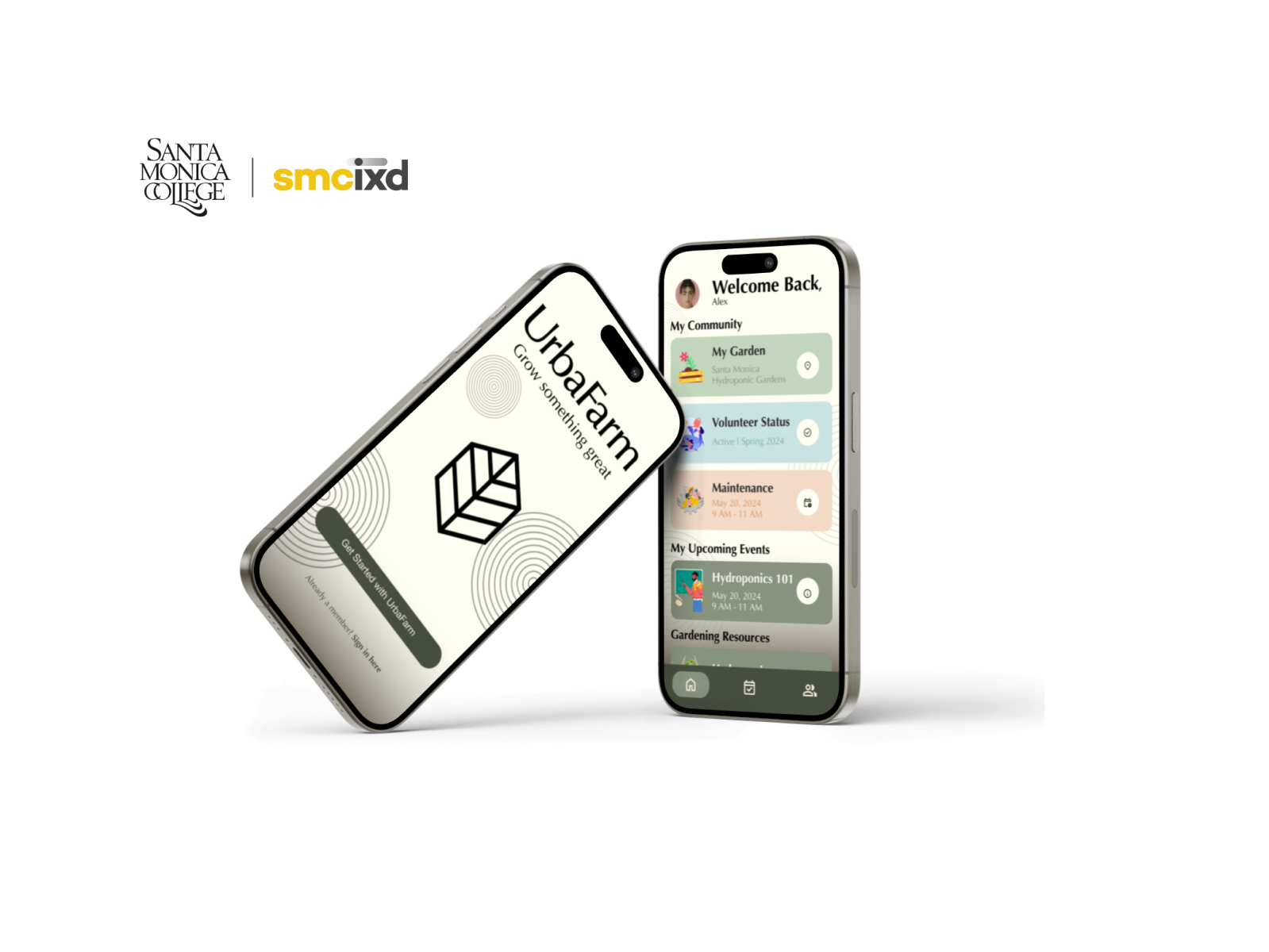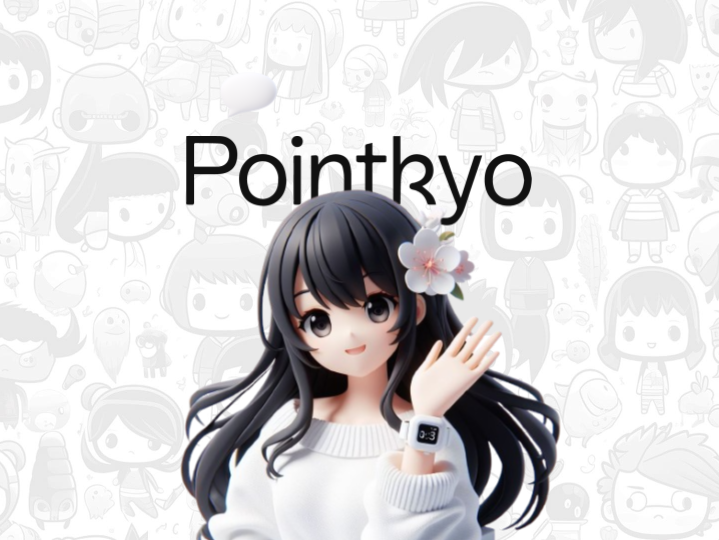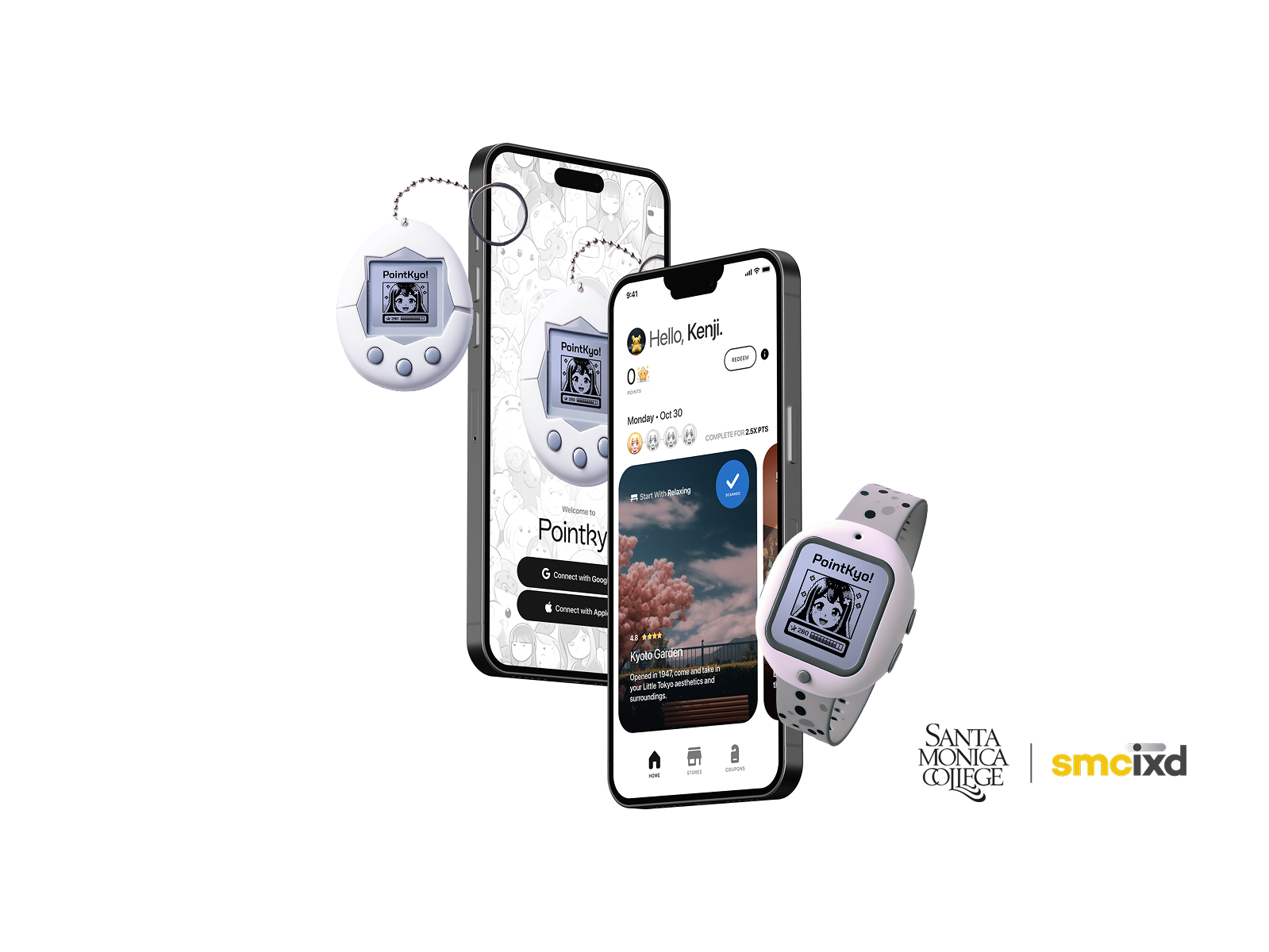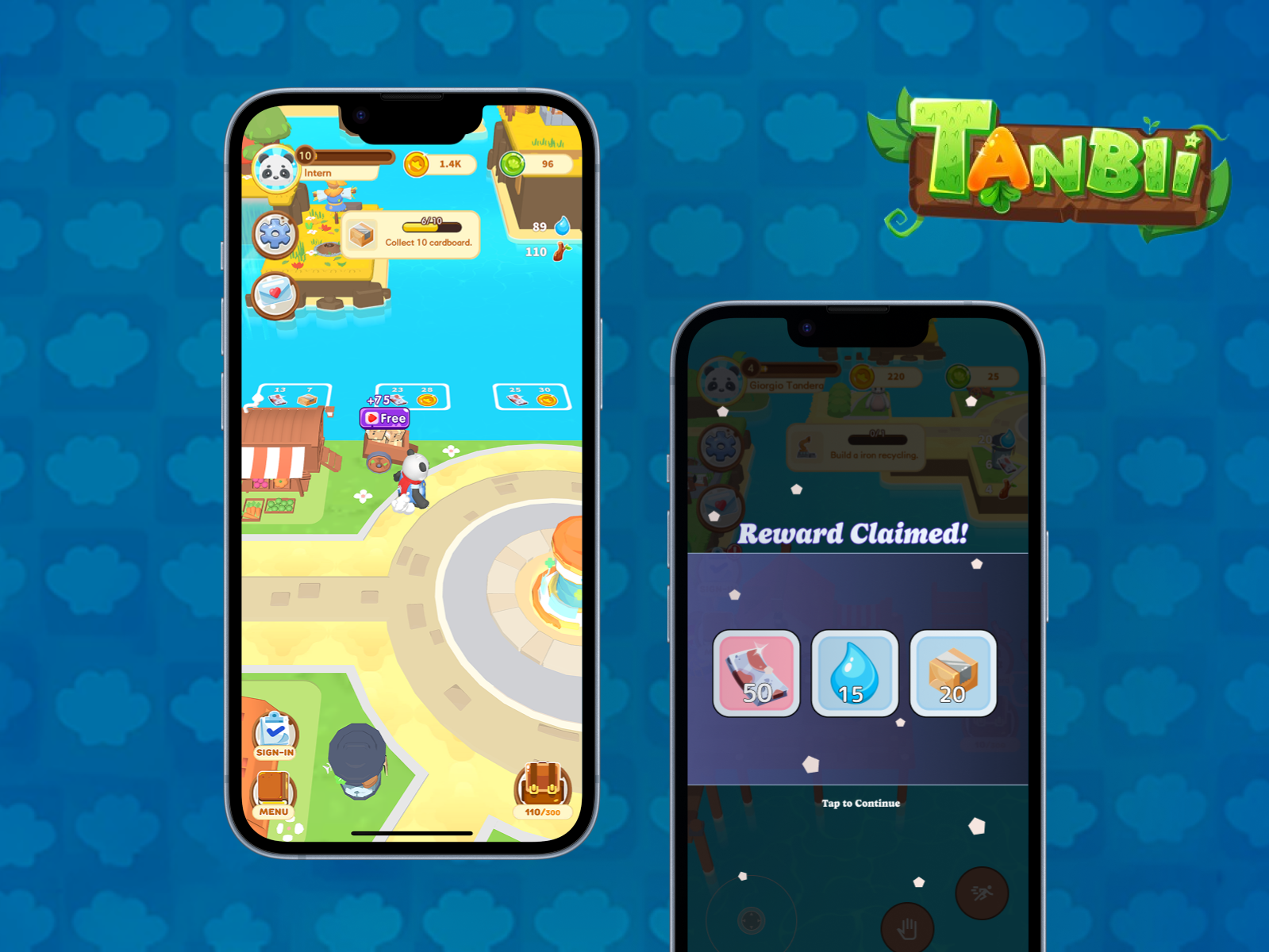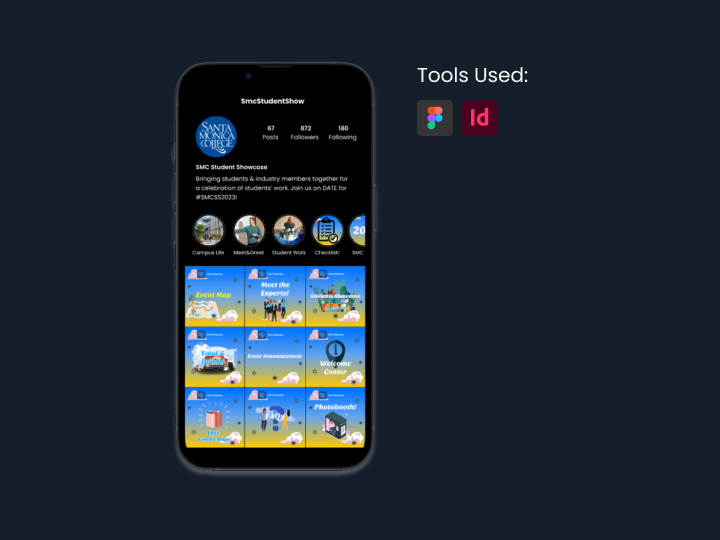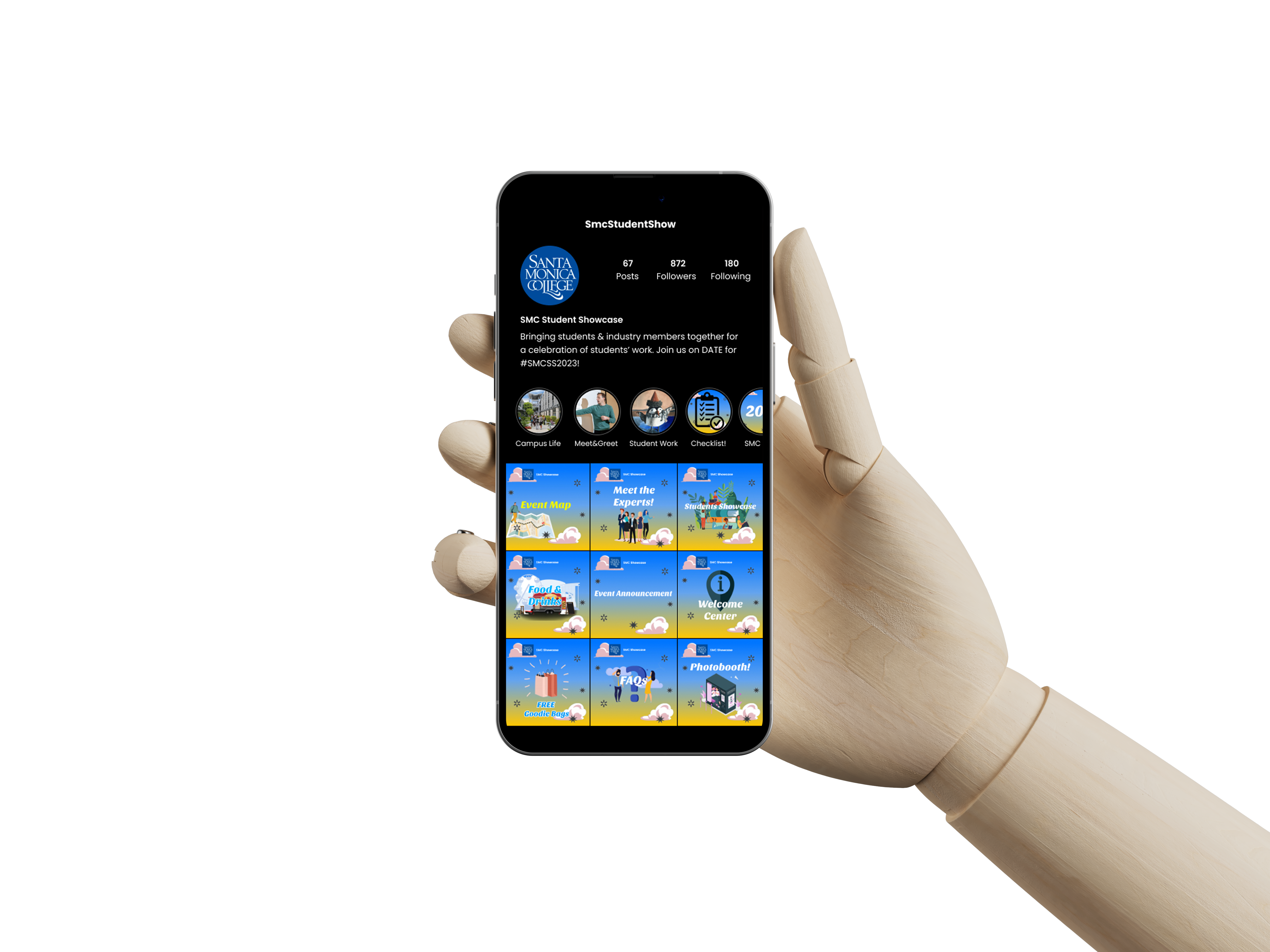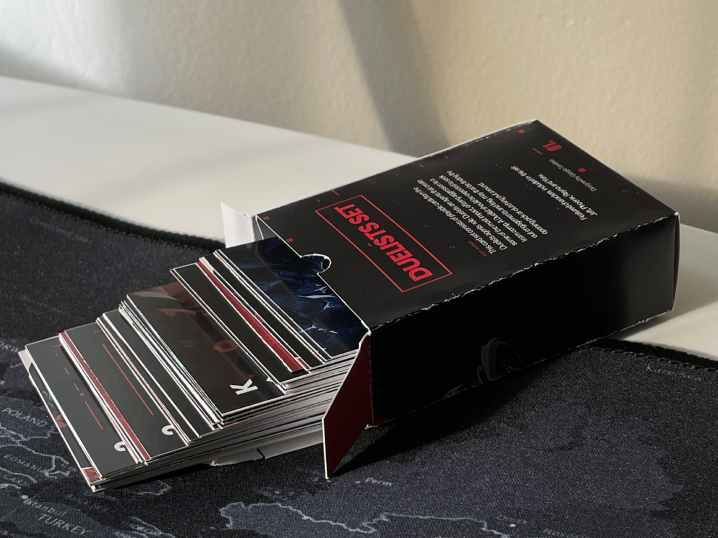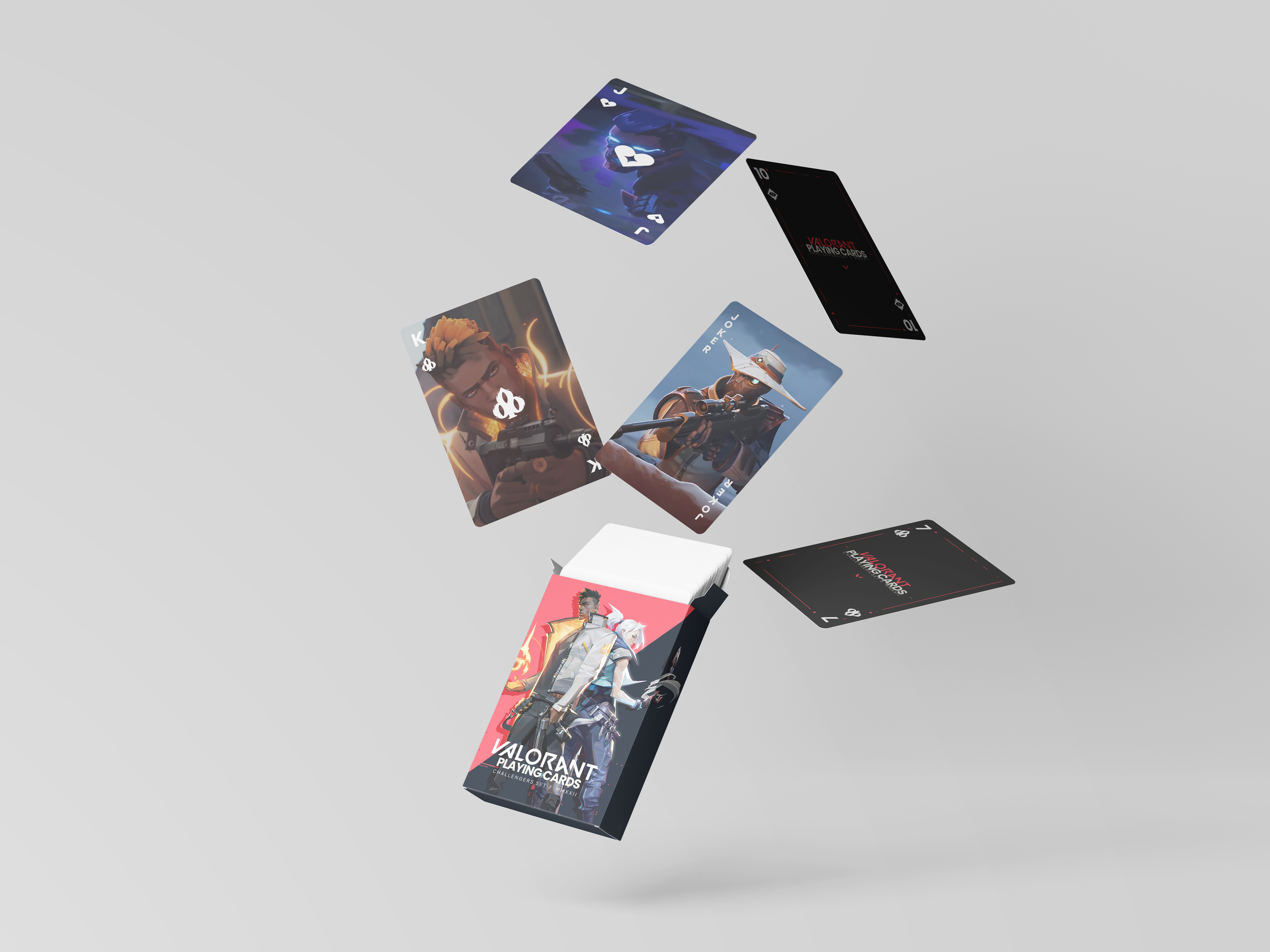PROJECT OVERVIEW
What is Tanbii?
Tanbii is a sustainability-focused mobile app that gamifies eco-conscious actions. Players complete real-world challenges—like walking or reducing carbon output—and earn tokens to plant virtual trees tied to real reforestation efforts. Developed by a startup in Nashville, Tanbii blends blockchain, AI, and environmental advocacy into one gamified platform.
This project aims to improve key user experience issues in Tanbii’s gameplay, focusing on joystick-based movement, item collection mechanics, and battle mechanics.
The goal is to enhance user consent, simplify interaction, and ensure a smoother, more intuitive experience.
How Might We..
Redesign Tanbii’s gameplay mechanics and UI to enhance user control, improve engagement, and create a smoother, more intuitive experience, without disrupting the core sustainability mission?
My Role
As a UX/UI Design Intern, I spearheaded the redesign of key interaction systems, focusing on:
• Adaptive joystick controls
• Tap-to-collect resource systems
• Battle UI clarity and feedback
I collaborated closely with Tanbii’s product and dev teams to align gameplay flow with user expectations and sustainability goals.
Timeline
3 Months (October 2024 - December 2024)
Team
Christine Tran | Kate Chung | Giorgio Tandera
CORE OBJECTIVES
• Redesign Character Movement: Make navigation intuitive, responsive, and context-aware.
• Rework Item Collection Mechanics: Implement clear player consent before collecting/spending resources.
• Improve Battle Mechanics: Boost clarity, reposition UI elements for better access, and reduce forced engagement.
USER PERSONA
MEET SOFIA!
A 19-year-old college student who cares about sustainability but doesn’t want to be preached to. She plays mobile games between classes and commutes, looking for something fun, meaningful, and quick to pick up.
But in Tanbii, she’s frustrated.
She keeps collecting items she didn’t mean to. The joystick doesn’t respond how she expects. And when she jumps into a battle, she’s not sure what’s happening or if she’s even doing it right.
🎯 Sofia’s Goals
• Play casually during breaks without confusion or friction
• Understand gameplay mechanics quickly, without tutorials dragging on
• Feel like her actions—walking, collecting, battling—have real-world impact
😫 Sofia’s Frustrations
• Joystick feels clunky and unresponsive in certain gameplay modes
• Proximity-based collection triggers unwanted actions
• Battle UI is unclear, with little feedback on what she’s doing or if it’s working
💡 Why This Matters
Sofia isn’t just a typical gamer—she’s the reason Tanbii exists. Designing for her means building an experience that feels rewarding, intuitive, and aligned with her values.
We designed this UX overhaul with Sofia in mind: to give her control, clarity, and a better sense of impact—in the game and in the world.
OVERVIEW/ PROJECT CHALLENGE
At the start of the project, there was no clear direction after Sky Xiang's (manager) departure, leaving the team uncertain about the next steps. During a meeting with COO Robert Grajewski, the topic of user frustration came up, and I proposed redesigning Tanbii's UX to tackle the major gameplay challenges. Robert welcomed the idea, and we got to work.
CTO Kent Chen pointed out a significant drop-off in players during the first 15 minutes of gameplay. I recognized that this could be due to poor first impressions, as the beginning of the game sets the tone for the entire experience. If players aren’t hooked early on, they’re less likely to continue engaging with the game.
The redesign project aimed to improve user engagement, gameplay mechanics, and design consistency to create a more enjoyable and captivating experience from the start, ultimately leading to higher player retention.
Key Stakeholders:
• CEO, Robert Luo
• COO, Robert Grajewski
• Tech Lead, Kent Chen
• CEO, Robert Luo
• COO, Robert Grajewski
• Tech Lead, Kent Chen
RESEARCH & COMPETITIVE ANALYSIS
Research | Joystick Movement
Problem: Universal Joystick Control
The current joystick-based movement is universal and unintuitive across different gameplay scenarios.
It can cause issues such as difficulty in controlling the character during specific interactions or switching between actions.
“Given the lack of physical feedback, it’s difficult to control characters with precision on mobile devices, especially when the control scheme doesn’t adapt to varied gameplay scenarios” (Seo & Kang, 2016).
"Touch-based control schemes that lack adaptability often frustrate users, leading to disengagement” (Lim, 2014).
Works Cited
• Seo, S., & Kang, S. (2016). A Comparison Study of the Smartphone Gaming Control. Journal of Usability Studies, pp. 201-223.
• Lim, J. (2014). An Opinion on Mobile Gaming Control Schemes. Thoughts on Gaming.
Demo of Universal Joystick in Tanbii + Automatic Proximity-based Triggers
Insight/Key Takeaways
Users expect controls that adapt to different contexts within the game.
When joystick controls are too broad, they fail to offer precision, leading to potential player frustration.
Addressing these challenges improves overall user satisfaction, engagement, and retention.
Addressing these challenges improves overall user satisfaction, engagement, and retention.
“Players prefer controls that adapt to the gameplay context, as lack of precision diminishes their experience” (Seo & Kang, 2016).
"In games like Football Heroes, controls that try to do too much without adapting to the context create confusion and frustration” (Lim, 2014).
Works Cited
• Seo, S., & Kang, S. (2016). A Comparison Study of the Smartphone Gaming Control. Journal of Usability Studies.
• Seo, S., & Kang, S. (2016). A Comparison Study of the Smartphone Gaming Control. Journal of Usability Studies.
• Lim, J. (2014). An Opinion on Mobile Gaming Control Schemes.
Universal Joystick in Tanbii
Research | Item Collection Mechanic
Problem: Proximity-Based Collection and Spending
Proximity-based interactions in Tanbii can lead to accidental collection and resource depletion, frustrating users by forcing unintended actions and poor resource management.
It’s like Apple Pay charging a user simply because they walked past an NFC terminal.
“Touch interfaces often lead to unintended actions, causing issues like accidental item collection and resource management difficulties” (Lim, 2014).
Works Cited
• Lim, J. (2014). An Opinion on Mobile Gaming Control Schemes.
Insight/Key Takeaways
Users need more control over both item collection and resource spending to prevent accidental actions.
Consent-based interactions are crucial to enhance user satisfaction and improve resource management.
Proximity-based interactions are more risky because they lack control and transparency.
Consent-based interactions are crucial to enhance user satisfaction and improve resource management.
Proximity-based interactions are more risky because they lack control and transparency.
Works Cited
• "Users expect control and confirmation for actions, particularly in systems where resources are valuable” (Seo & Kang, 2016).
• “Effective user experience includes a sense of agency and control, which proximity-based collection lacks” (Telfer, 2012).Research | Battle UX Challenges
Problem: Unclear Battle Objective Sumary
Unclear Battle Objective: Players are unsure of when the battle ends, who to defeat, or what to protect.
Initial Static Screens: Players are thrown into the game without guidance or a tutorial, making it hard to understand mechanics.
Battling Limitations: Limited number of bullets with a timed reload forces players to wait while enemies continue attacking.
Labelling: Enemies are not labelled, making it difficult to identify them, and the distracting red circle below enemies adds visual clutter.
Attacking Mechanic: Inconsistent controls—players can attack either by pressing a button or clicking on the enemy, leading to confusion.
Enemy Attack Range: Large attack range makes it hard to dodge enemy attacks, or at least creates the perception of this.
Vertical Screen: The vertical layout limits touch space and makes controlling movement and attacking awkward.
Health Status: Low UI feedback regarding health status—health bars are barely visible, and there’s no indication of whether attacks land or if the player was injured.
Unclear Battle Objective: Players are unsure of when the battle ends, who to defeat, or what to protect.
Initial Static Screens: Players are thrown into the game without guidance or a tutorial, making it hard to understand mechanics.
Battling Limitations: Limited number of bullets with a timed reload forces players to wait while enemies continue attacking.
Labelling: Enemies are not labelled, making it difficult to identify them, and the distracting red circle below enemies adds visual clutter.
Attacking Mechanic: Inconsistent controls—players can attack either by pressing a button or clicking on the enemy, leading to confusion.
Enemy Attack Range: Large attack range makes it hard to dodge enemy attacks, or at least creates the perception of this.
Vertical Screen: The vertical layout limits touch space and makes controlling movement and attacking awkward.
Health Status: Low UI feedback regarding health status—health bars are barely visible, and there’s no indication of whether attacks land or if the player was injured.
Initial Tanbii Battle Gameplay
Insight/Key Takeaways
Clear Instructions: Provide better guidance and prompts during battles.
Battle Objectives: Clearly define goals to help players understand what to do.
Enemy Labeling: Label and highlight enemies with power levels for easier identification and strategy.
Tutorials: Add a static walkthrough or "tips" feature to help players learn during battles.
Combat Flexibility: Offer more freedom in combat, such as unlimited basic attacks, to reduce frustration.
Battle Objectives: Clearly define goals to help players understand what to do.
Enemy Labeling: Label and highlight enemies with power levels for easier identification and strategy.
Tutorials: Add a static walkthrough or "tips" feature to help players learn during battles.
Combat Flexibility: Offer more freedom in combat, such as unlimited basic attacks, to reduce frustration.

